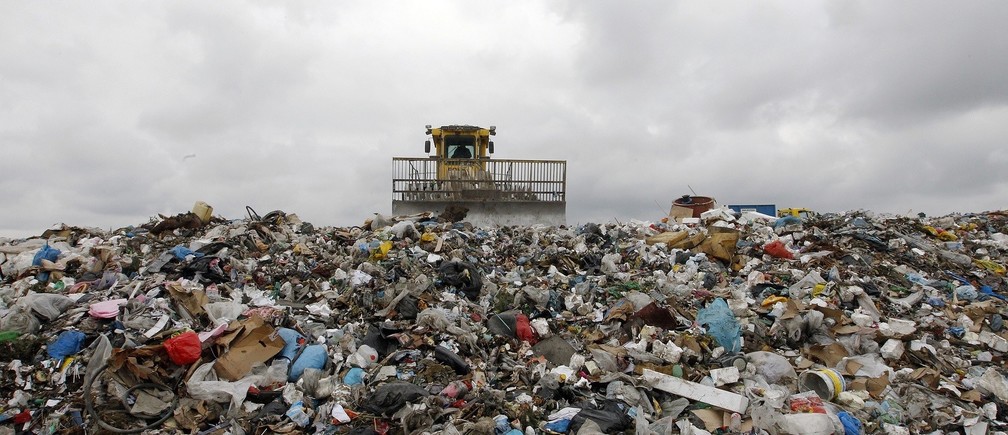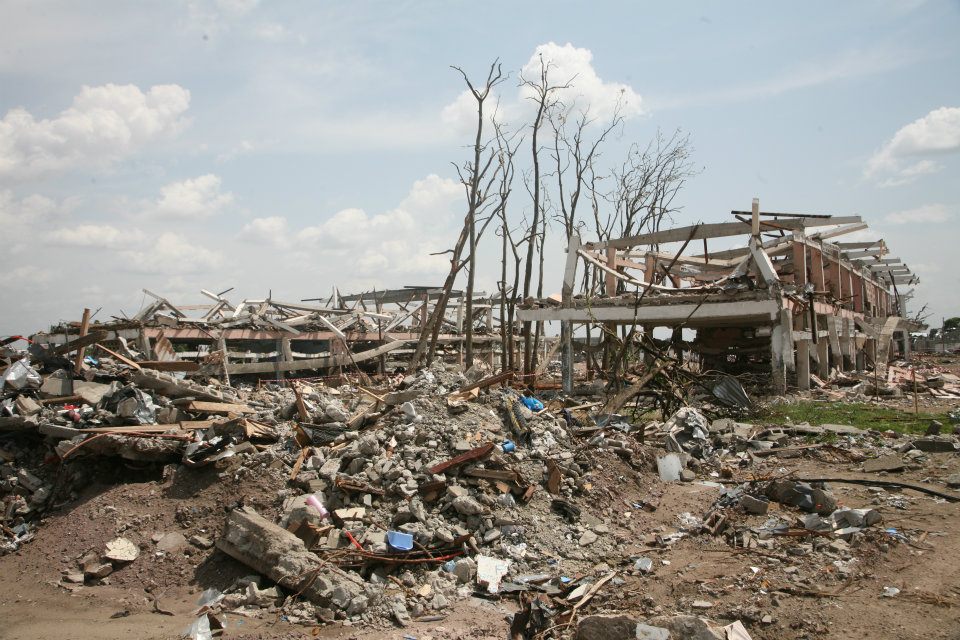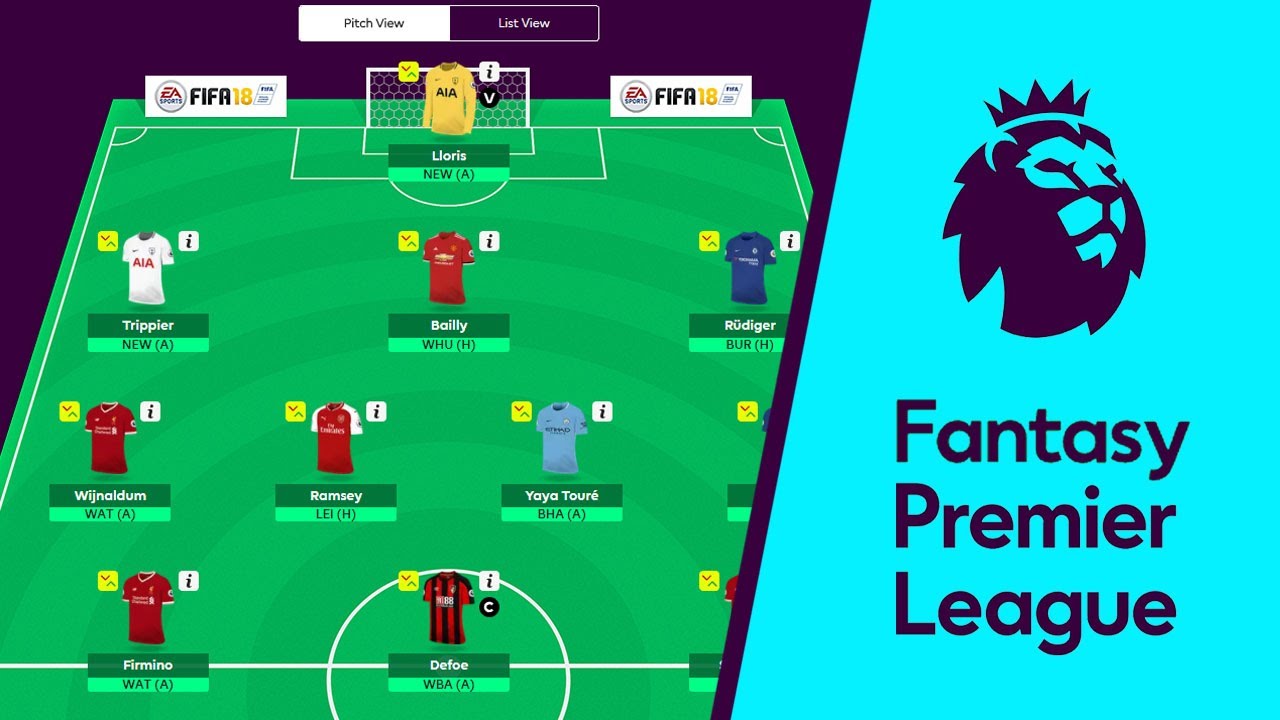To see the list of the dirtiest cities in the world, we turned to Mercer Human Resource Consulting’s 2007 Health and Sanitation Rankings. As part of their 2007 Quality of Life Report, they ranked 215 cities worldwide based on levels of air pollution, waste management, water potability, hospital services, medical supplies and the presence of infectious disease. All cities are positioned against New York, the base city with an index score of 100. For the Health and Sanitation Rankings, the index scores range from the worst on the list.
The Dirtiest Cities in The World
25. Port Harcourt, Nigeria
Mercer Health and Sanitation Index Score: 46.8*
Problems with waste disposal continue to contaminate the rivers of Nigeria, especially affecting residents in Port Harcourt. The area lacks strategies for preventing oil spills and contamination, and the clean-up methods after disasters require significant improvement.
24. New Delhi, India
Mercer Health and Sanitation Index Score: 46.6
You’ll find just about everything except marine life in New Delhi’s Yamuna River. Garbage and sewage flow freely, creating a rich environment for the growth of water-borne diseases contributing to extremely high rates of infant morbidity.
23. Maputo, Mozambique
Mercer Health and Sanitation Index Score: 46.3
Located on the Indian Ocean, the Eastern African country of Mozambique suffers from lack of sanitation processes–specifically the lack of a solid waste removal system as well as sewage treatment. The capital city of Maputo feels the worst of these consequences. Piles of garbage line the streets, and the sewage in the river is visibly thick.
22. Luanda, Angola
Mercer Health and Sanitation Index Score: 45.2
Located on Angola’s coast with the Atlantic Ocean to its west, Luanda is the city’s largest port. Studies from several agencies, including UNICEF and Oxfam, suggest that a large portion of the population in Luanda drink water of poor and in some cases dangerous quality. Much of this portion of the population lives in settlements called musseques built on hardened waste. Water arrives to these settlements in private tanks, which consistently show concerning levels of chlorine. Water conditions such as this only served to intensify a cholera epidemic in 2006.
21. Niamey, Niger
Mercer Health and Sanitation Index Score: 45
The Niger River Basin, home to Niger’s capital city, Niamey, is a cesspool of pollution and waste. In a country with a total population just under 14 million, the healthy life expectancy at birth is 35 for males and 36 for females, thanks in part to poor sanitation and drinkable water. About one in four children raised here will die before age 5, the World Health Organization says.
20. Nouakchott, Mauritania
Mercer Health and Sanitation Index Score: 44.7
Located in northern Africa, Mauritania sits on the North Atlantic Ocean between Senegal and the western Sahara. Nouakchott, the country’s capital, is located on the western coast. Due to the desert-like climate, droughts and water management are critical issues for the country. Oil deposits off the coast and iron ore serve as the country’s main industrial opportunities, but the majority of the population depends on farming.
19. Conakry, Guinea Republic
Mercer Health and Sanitation Index Score: 44.2
Life expectancy, infant morbidity, and the percentage of the population that has access to safe water are shockingly low for Conakry, the capital city of Guinea Republic. Previous World Bank initiatives in Conakry focused on water supply and sanitation have not proved very successful.
18. Lome, Togo

Mercer Health and Sanitation Index Score: 44.1
Lomé, the capital city of Togo, sits in the southwest near the country’s border with Ghana. Water and waste management has become one of the country’s main problems as a large percentage of the population continues to live without access to improved water or sanitation. Extensive flooding in Togo only magnifies the problem.
17. Pointe Noire, Congo
Mercer Health and Sanitation Index Score: 43.8
The second Congolese city on the list suffers from many of the same pollutants as its neighboring city, Brazzaville–air pollution from vehicle emissions and unbridled water contamination from the mass unloading of raw sewage in the city’s water supply. According to the CIA WorldFactBook, about 70% of the Congolese population live either in Brazzaville or Pointe Noire or along the railroad track, which connects the two.
16. Bamako, Mali
Mercer Health and Sanitation Index Score: 43.7
Bamako, the capital of Mali, and the country’s largest city is situated on the Niger River. Rapid population growth, coupled with unbridled urban pollution, are among the many health and sanitation challenges facing the capital. Several droughts have caused migration from rural areas to the urban environment of the capital, which has only led to more water management issues.
15. Ouagadougou, Burkina Faso
Mercer Health and Sanitation Index Score: 43.4
A recent World Bank study shows that cancer and respiratory disease rates are up due to increased air pollution in Ouagadougou, the capital of Burkina Faso. Increased levels of benzene, from motorbike petrol, and increased dust particles, amounting on average to nearly three times the WHO-stated healthy limit, contribute to these rising numbers. In a city characterized by a rainy season, waste management and sanitation also face challenges.
14. Moscow, Russia
Mercer Health and Sanitation Index Score: 43.4
In a city where you can pay $3,000 a month for an apartment that doesn’t even have clean running water, Moscow also has troubling levels of air pollution, which present a daily strain on lung health.
13. Bangui, Central African Republic
Mercer Health and Sanitation Index Score: 42.1
Bangui, the capital of Central African Republic, faces water and sanitation challenges similar to its neighboring countries’ capitals. A rapidly increasing population, coupled with a lack of adequate waste and water management, places stresses on the capital city.
12. Dar es Salaam, Tanzania
Mercer Health and Sanitation Index Score: 40.4
The capital of this east African country continues to grow populationwise, putting a stress on the city’s sanitation programs. Solid waste, entering the Msimbazi River, contributes to widely spread infectious diseases among the population.
11. Ndjamena, Chad
Mercer Health and Sanitation Index Score: 39.7
Ndjamena, the capital city of Chad, faces multi-faceted water management challenges. A main site for concern here is the Conventional Basin of Lake Chad, upon which the country’s main fisheries greatly depend. Also noteworthy–the continual influx of population growth, accelerated by the migration of neighbouring Sudanese refugees from Darfur, which places an unexpected strain on water management.
10. Brazzaville, Congo

Mercer Health and Sanitation Index Score: 39.1
Air pollution from emissions, lack of potable water and the contamination of the city’s water from raw sewage contribute to the laundry list of health and sanitation concerns for Brazzaville, the capital of Congo. Each of these press upon the life expectancy of the local population.
9. Almaty, Kazakhstan
Mercer Health and Sanitation Index Score: 39.1
The marriage of petroleum-based industry and insufficient safeguards against pollution sets the stage for an environmental crisis in this city. Toxic waste dumps require a huge price tag for improvement and an even larger price for neglect.
8. Baghdad, Iraq
Mercer Health and Sanitation Index Score: 39
Poor water quality in Baghdad threatens to exacerbate the the transmission of water-borne diseases in the city. Fatal outbreaks of cholera struck several provinces of the country, including Baghdad from August 2007 to December 2007. The United Nations Environment Programme (UNEP) also says air pollution, resulting from burning oil and aggravated by war, is cause for concern.
7. Mumbai, India
Mercer Health and Sanitation Index Score: 38.2
India’s government hopes to transform Mumbai back into a burgeoning metropolis after recent economic decline. A recent private-sector report, Vision Mumbai, proposed changes in infrastructure, pollution control and economic growth strategy, which contributed to the seeking of approximately $1 billion of aid from Indian government.
6. Addis Ababa, Ethiopia
Mercer Health and Sanitation Index Score: 37.9
Addis Ababa, the capital of Ethiopia, faces one of the worst sanitation problems on both the continent of Africa as well as in the world. The lack of adequate sanitation programs results in infant mortality, low life expectancy and the transmission of water-borne diseases.
5. Mexico City, Mexico
Mercer Health and Sanitation Index Score: 37.7
Mexico City, the capital of Mexico, and the capital of North American air pollution, estimates unhealthy ozone emissions nearly 85% of the year. Mexico’s geographical location–in the center of a volcanic crater and surrounded by mountains–only serves to lock in the air pollution, causing smog to sit above the city.
4. Port au Prince, Haiti
Mercer Health and Sanitation Index Score: 34
The country’s politically inspired violence and corruption are well documented. Equally dangerous: its air and water. Serving as one of the main ports on the island of Hispaniola, Port au Prince is central to Haiti’s economic development. A lack of pollution controls, however, contributes to the widespread environmental problems confronting the Haitian city.
3. Antananarivo, Madagascar
Mercer Health and Sanitation Index Score: 30.1
Madagascar, located off of the southeastern coast of Africa in the Indian Ocean, makes this year’s list with its capital city, Antananarivo. Well known for its variety of unique flora and fauna, Madagascar has often been referred to as the world’s eighth continent, but the effects of the human population are quickly leaving their footprint.
2. Dhaka, Bangladesh
Mercer Health and Sanitation Index Score: 29.6
Located in southern Asia, between Burma and India, Dhaka, the capital of Bangladesh battles with the constant threat of water pollution. Surface water is often thick with disease and pollutants from the use of commercial pesticides. With an estimated 150 million people living in a relatively small area, cleaning up the problem won’t be easy.
1. Baku, Azerbaijan
Health and Sanitation Index Score: 27.6
Baku tops the list of the most dirtiest cities in the world. Surrounded by Iran, Georgia, Russia and Armenia on the Caspian Sea, Azerbaijan has long been an oil hub. As a consequence, Baku, the capital, suffers from life-threatening levels of air pollution emitted from oil drilling and shipping.




